Unifying Communities for Better Peer Relationships
Community engagement acts as a foundational pillar supporting the development of meaningful peer relationships within educational and social settings. By fostering inclusive participation, mutual trust, and collective action, communities can cultivate environments where every individual feels valued and connected. This article explores how community involvement enhances peer support, promotes social-emotional learning (SEL), and creates lasting bonds that nurture social cohesion, ultimately leading to healthier, more inclusive communities.
Understanding Community Engagement and Its Role in Supporting Peer Relationships
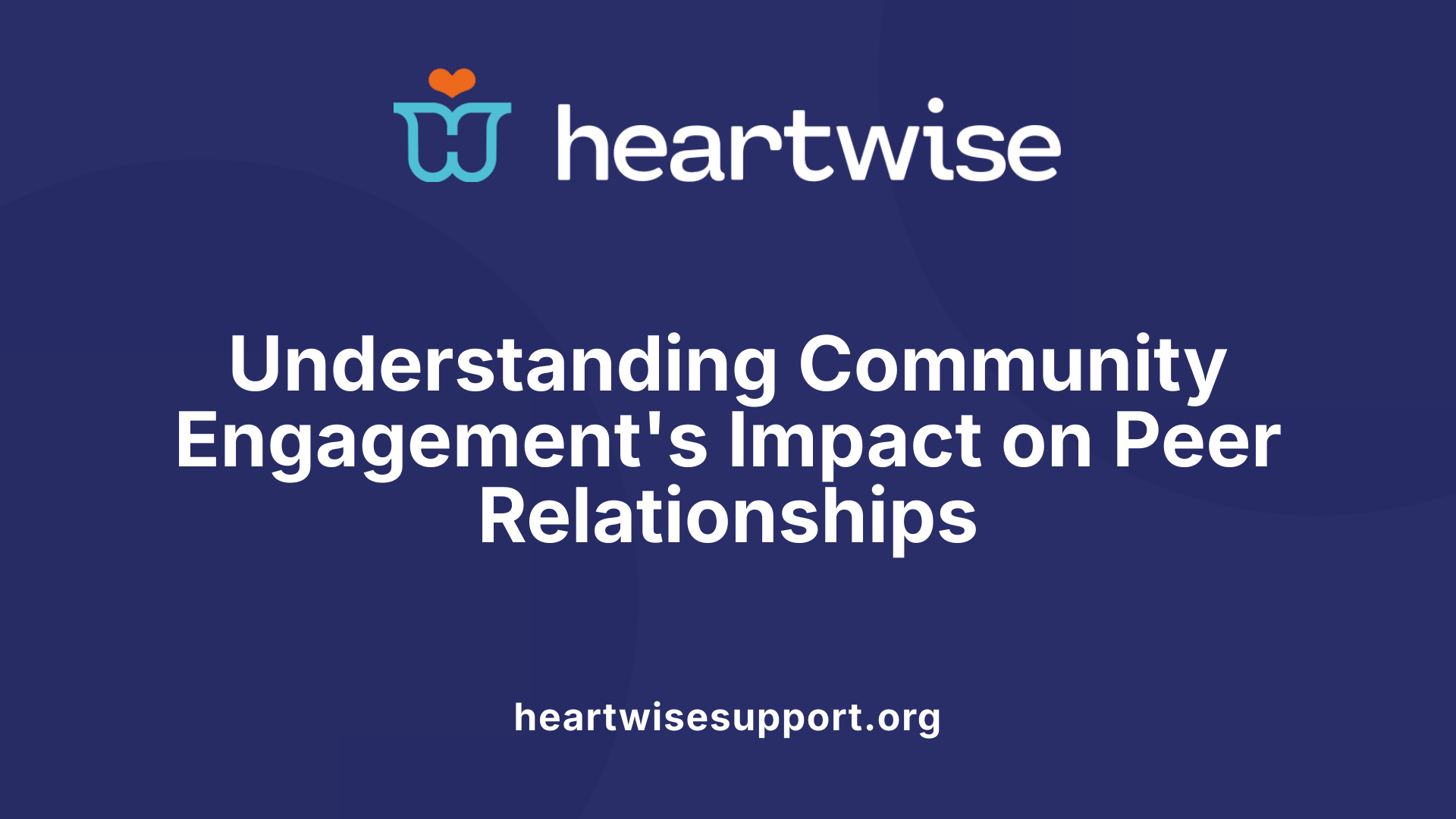
What is community engagement and how does it support peer relationships?
Community engagement refers to a deliberate, collaborative process where organizations, individuals, and local groups work together to address shared issues and improve well-being. Its core aim is to foster trust, inclusiveness, and mutual decision-making. By involving community members actively, it empowers them to share their experiences, knowledge, and perspectives, shaping policies and practices that directly impact their lives.
This approach emphasizes diversity and participation, ensuring that different voices are heard and valued. Through sustained interaction, whether in traditional settings like town halls or through digital platforms such as online forums and social media, community engagement builds long-lasting relationships.
Methods of engagement (traditional, digital)
Traditional community engagement includes town hall meetings, community forums, workshops, and participation in events where face-to-face dialogue occurs. These interactions foster personal relationships and collective problem-solving.
In contrast, digital methods encompass online surveys, social media campaigns, virtual meetings, and collaborative tools. These platforms make it easier to reach wider audiences, especially those with mobility challenges or geographic barriers, and facilitate ongoing, accessible communication.
How engagement fosters trust and mutual decision-making
Active involvement in community efforts nurtures trust by demonstrating transparency, accountability, and genuine respect for community voices. When community members see that their contributions lead to tangible changes, confidence in organizations strengthens.
Mutual decision-making processes, such as participatory planning and co-creation, give community members a sense of ownership. This shared authority encourages collaboration, reduces skepticism, and aligns collective actions with local needs and values.
Impact on social bonds and social cohesion
Engagement activities create opportunities for individuals to connect over common interests, fostering friendships and peer support networks. As community members work towards shared goals, social bonds deepen, leading to increased social cohesion.
This strengthened social fabric enhances peer relationships, encouraging cooperation, empathy, and resilience. In turn, these positive interactions promote inclusivity, reduce social exclusion, and create a supportive environment where everyone feels valued and connected.
Enhancing Social and Emotional Learning (SEL) Through Community Involvement
Community plays a vital role in fostering social and emotional learning (SEL) by creating multiple avenues for students to develop trust, empathy, and positive peer relationships. When schools partner with local organizations and actively involve families, SEL is extended beyond classroom walls. These collaborative efforts help establish consistent, shared experiences that promote understanding and connection.
Partnerships with community groups and families serve to build mutual trust and foster inclusivity. They involve activities like community service projects, cultural events, and family literacy nights, which allow students to practice SEL skills—such as responsible decision-making and self-management—in real-life settings.
Community projects and events act as fertile ground for developing social skills and emotional awareness. For example, participating in neighborhood clean-ups or inclusive community celebrations encourages students to work collaboratively, resolve conflicts, and appreciate diverse perspectives. These experiences promote a sense of belonging and inclusion for all students, especially those from marginalized backgrounds.
By integrating community involvement into the educational environment, schools create an inclusive atmosphere that addresses students’ social-emotional needs. This comprehensive approach supports positive peer interactions, reduces social isolation, and nurtures empathetic, confident learners who are better equipped to succeed both academically and socially.
Building Peer Relationships and Friendships in Educational Settings
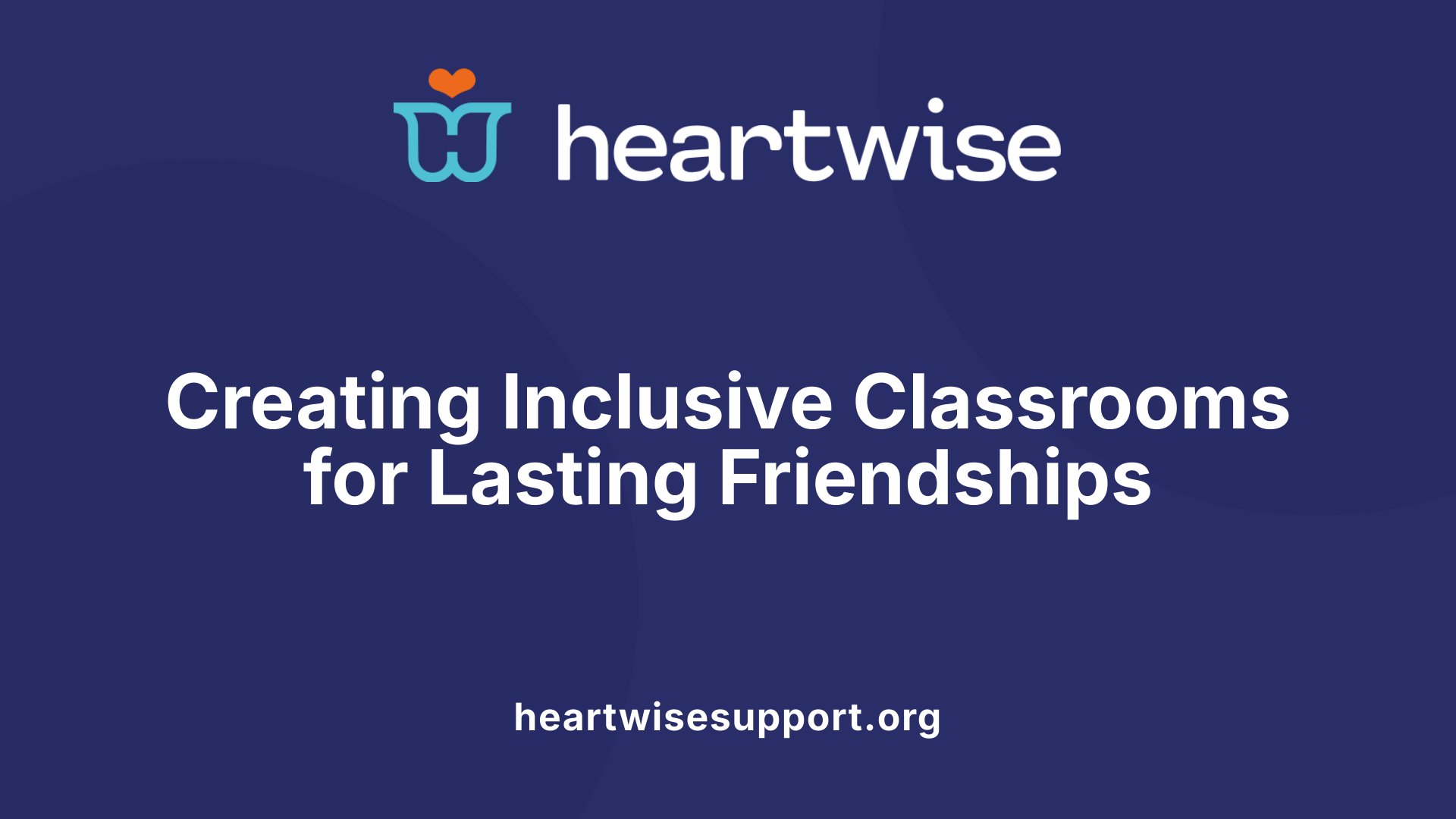
What strategies support peer relationship and friendship formation in educational settings?
Creating a welcoming and inclusive classroom environment is fundamental to fostering peer bonds. Teachers can implement collaborative activities such as group projects, cooperative games, and shared play to encourage interaction and teamwork among students. Routine activities like morning meetings or class circles help students connect and share experiences, building a sense of community.
Explicit social skills instruction is also vital. Teachers can model and teach skills like active listening, empathy, conflict resolution, and perspective-taking through role-plays, discussions, and guided practice. These skills lay the groundwork for meaningful friendships and reduce social misunderstandings.
In addition to classroom strategies, incorporating activities such as peer pairing, digital quizzes, or name-memorization games can promote familiarity and social bonding. Diversity appreciation plays a key role: selecting books and materials that showcase different cultures, abilities, and backgrounds helps students develop respect and acceptance. Family involvement in literacy and social activities further supports positive attitudes towards diversity.
Addressing students’ attitudes towards difference and promoting inclusive materials fosters a respectful environment where all students feel valued. This holistic approach—combining engaging activities, explicit skill development, and diversity affirmation—helps students build trust, develop social-emotional skills, and form lasting peer friendships.
| Strategy | Examples | Purpose |
|---|---|---|
| Collaborative projects | Group tasks, shared art projects | Encourage teamwork and social interaction |
| Explicit social skills | Role-playing, discussions on empathy | Develop communication and conflict resolution skills |
| Inclusive materials | Books and activities representing diverse groups | Promote understanding and acceptance |
| Family involvement | Literacy activities at home, family reading nights | Reinforce positive social attitudes |
Overall, these efforts contribute to a school culture where peer relationships flourish, students feel connected, and inclusive values are woven into everyday learning.
Strengthening Peer Support and Social Cohesion via Community Partnerships
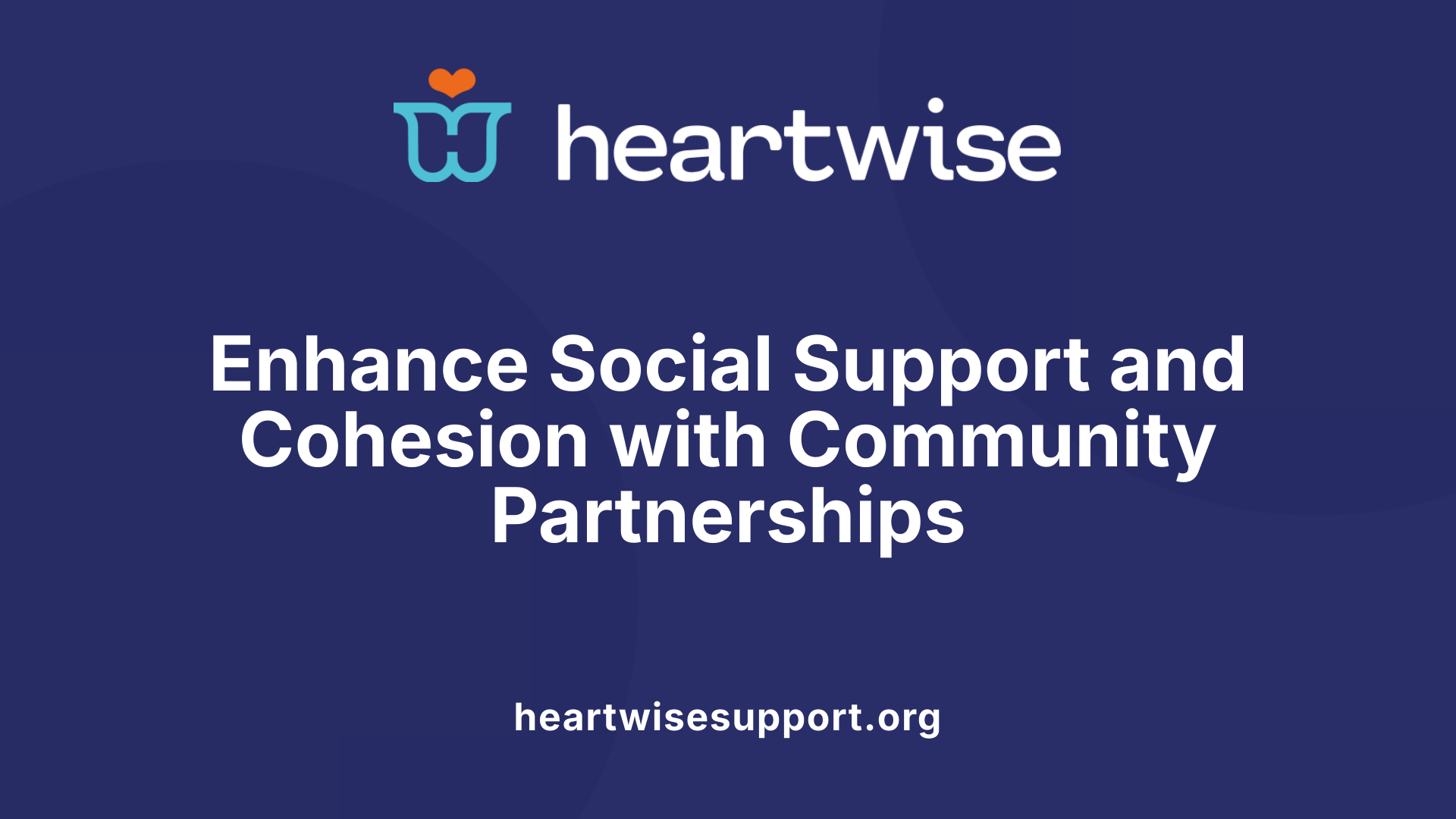 Community engagement and partnerships play a vital role in enhancing peer support and fostering social cohesion within diverse communities. By establishing shared platforms, these initiatives encourage interaction and relationship-building among community members, creating environments where trust and mutual understanding can flourish.
Community engagement and partnerships play a vital role in enhancing peer support and fostering social cohesion within diverse communities. By establishing shared platforms, these initiatives encourage interaction and relationship-building among community members, creating environments where trust and mutual understanding can flourish.
Inclusive activities such as group discussions, cooperative projects, and social events bring people together, helping to break down social barriers and promote a sense of belonging. Leveraging the lived experiences of community members, especially those with personal or professional expertise, provides valuable emotional support, health navigation, and advocacy for marginalized groups. These peer-led activities are particularly effective in reducing social isolation and addressing health disparities.
Partnerships with local organizations and healthcare providers are essential for resource sharing and capacity building. They enable the delivery of culturally sensitive and accessible services, which strengthen peer networks and promote social inclusion. Community-based programs that integrate peer support within schools, health initiatives, and neighborhood projects help foster collective resilience and empower residents.
Overall, collaborative community efforts build stronger social bonds, promote active participation, and cultivate an environment where all members feel valued and supported. These partnerships understandingly contribute to healthier, more connected communities with enhanced social cohesion.
Building Trust and Strengthening Peer Relationships Through Community Involvement
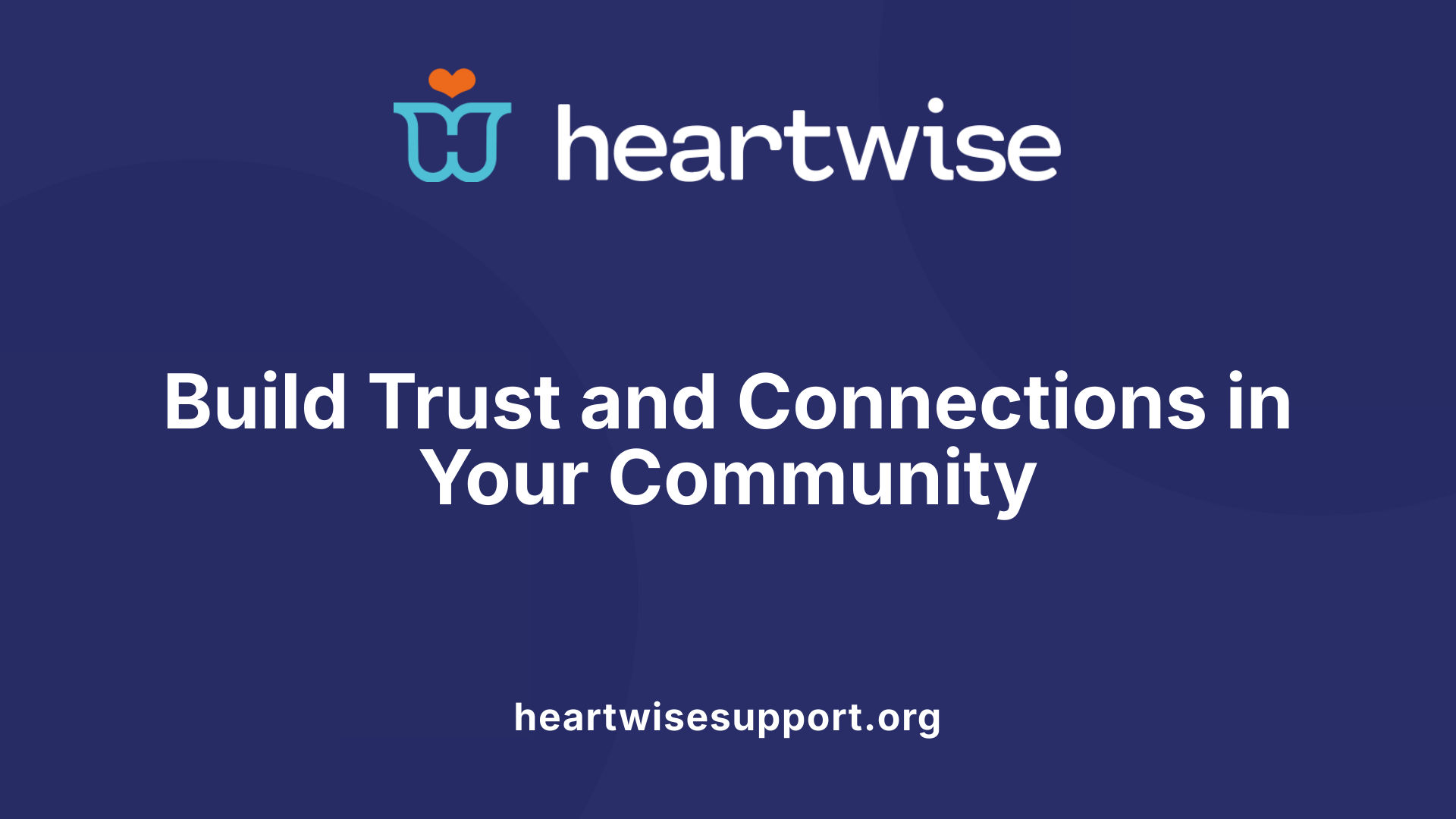
What techniques can help build trust and strengthen peer relationships through community involvement?
Establishing strong peer bonds and trust within communities involves several effective approaches. Consistent and respectful engagement is essential; when community members and peers interact regularly in a manner that respects their perspectives and experiences, it fosters mutual understanding and comfort.
Open communication is another foundational technique. Facilitating honest dialogues and shared decision-making processes allows individuals to feel heard and valued. By actively involving community members in planning and problem-solving, a sense of ownership and collective responsibility is cultivated. Transparency plays a vital role—sharing information such as survey results, progress updates, or project plans demonstrates accountability and builds confidence.
Demonstrating accountability involves following through on promises and showing how community input influences decisions. This consistency reassures participants that their voices matter, further increasing trust.
Creating inclusive environments where everyone feels respected and valued encourages deeper connections. Such settings promote belonging and support positive peer relationships, which are crucial for a healthy community atmosphere. When individuals experience genuine inclusion and understanding, it nurtures social bonds and fosters a resilient, collaborative community.
In summary, techniques like respectful engagement, transparent communication, active involvement in decision-making, accountability, and inclusive practices are central to strengthening peer relationships through community involvement.
Supporting Youth in Overcoming Loneliness Through Community and Peer Engagement
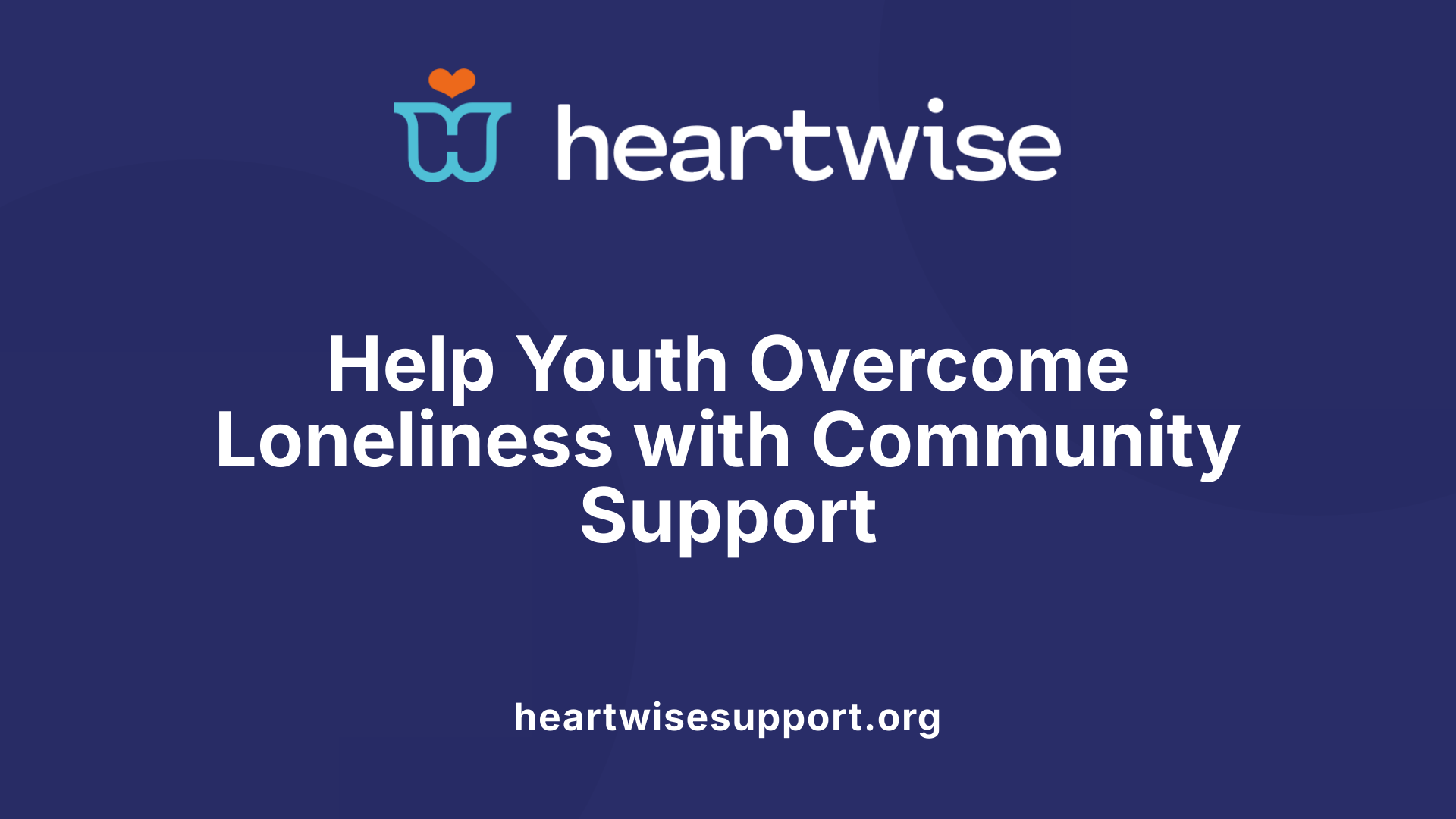
How does supporting youth in overcoming loneliness benefit from community and peer engagement?
Supporting young people in overcoming loneliness through community involvement and peer relationships offers significant mental and emotional advantages. When youth participate in community events, group mentoring, and social activities, they experience a stronger sense of belonging and social connectedness. These social bonds serve as vital emotional supports, helping youth feel valued and understood.
Community mentoring programs designed with an inclusive approach foster meaningful relationships that act as buffers against feelings of isolation. Such programs not only help develop social skills but also promote resilience and self-esteem. Engaging in face-to-face friendships and family-involved activities further deepen social bonds, lowering long-term mental health risks like depression and anxiety.
Activities fostering community and peer support contribute to the growth of social competence and emotional stability. Evidence suggests that these connections support mental health, bolster self-confidence, and cultivate a sense of purpose. Overall, nurturing social ties through community and peer engagement plays a crucial role in helping youth develop resilience and emotional well-being, reducing the long-term consequences of loneliness.
The Impact of Community Engagement on Peer Relationship Quality and Social Cohesion
 Community involvement is fundamental in shaping positive peer relationships and fostering social cohesion among students. When schools and communities work together, they create inclusive environments where students from diverse backgrounds feel valued and connected.
Community involvement is fundamental in shaping positive peer relationships and fostering social cohesion among students. When schools and communities work together, they create inclusive environments where students from diverse backgrounds feel valued and connected.
Supporting this effort are various collaborative activities and programs designed to strengthen social bonds. These include school-community partnerships, community events, and service-learning projects that encourage students to interact meaningfully beyond the classroom. Such activities promote mutual understanding, respect, and shared responsibility.
Community plays a vital role in promoting understanding and respect by providing culturally responsive resources and facilitating open dialogues among students, families, and staff. These efforts help break down barriers, reduce prejudice, and cultivate an environment where diversity is celebrated.
Engaging families, community organizations, and local leaders bolsters peer support networks and offers avenues for students to develop social and emotional skills. This collective approach improves social outcomes, such as decreasing loneliness, reducing bullying, and increasing self-esteem.
Overall, active community involvement builds a supportive network that enhances peer relationships and contributes to a respectful and cohesive school climate. This inclusive atmosphere not only benefits individual students but also strengthens the entire educational community.
Fostering Resilient, Connected Communities
Community engagement is a powerful catalyst for nurturing positive peer relationships and social cohesion. By building inclusive, trusting environments and promoting collective participation, communities can effectively support social and emotional development, reduce feelings of loneliness, and foster lifelong friendships. As schools, families, and community organizations collaborate in these efforts, they lay the groundwork for resilient, compassionate societies where every individual feels valued, connected, and empowered to thrive.
References
- A Guide to Implementing Class-wide Peer Acceptance Interventions
- 10 Ways to Encourage Positive Peer Relationships - Brookes Blog
- Supporting Youth Loneliness & Social Isolation through Community ...
- Enhancing Peer Relationships Through Social and Emotional ...
- Peer Engagement | TIES Center
- How Community Involvement in Schools Will Help Students Prosper
- Community Engagement | HeadStart.gov
- 6 Powerful Strategies to Promote School and Community Relations











